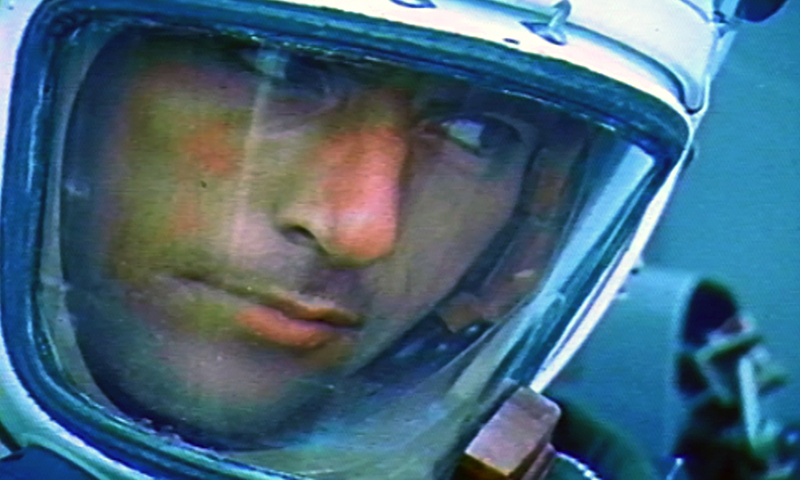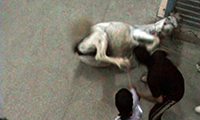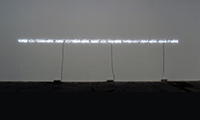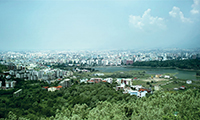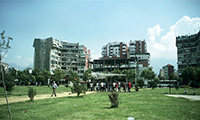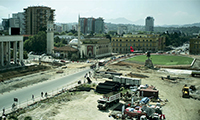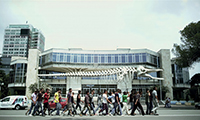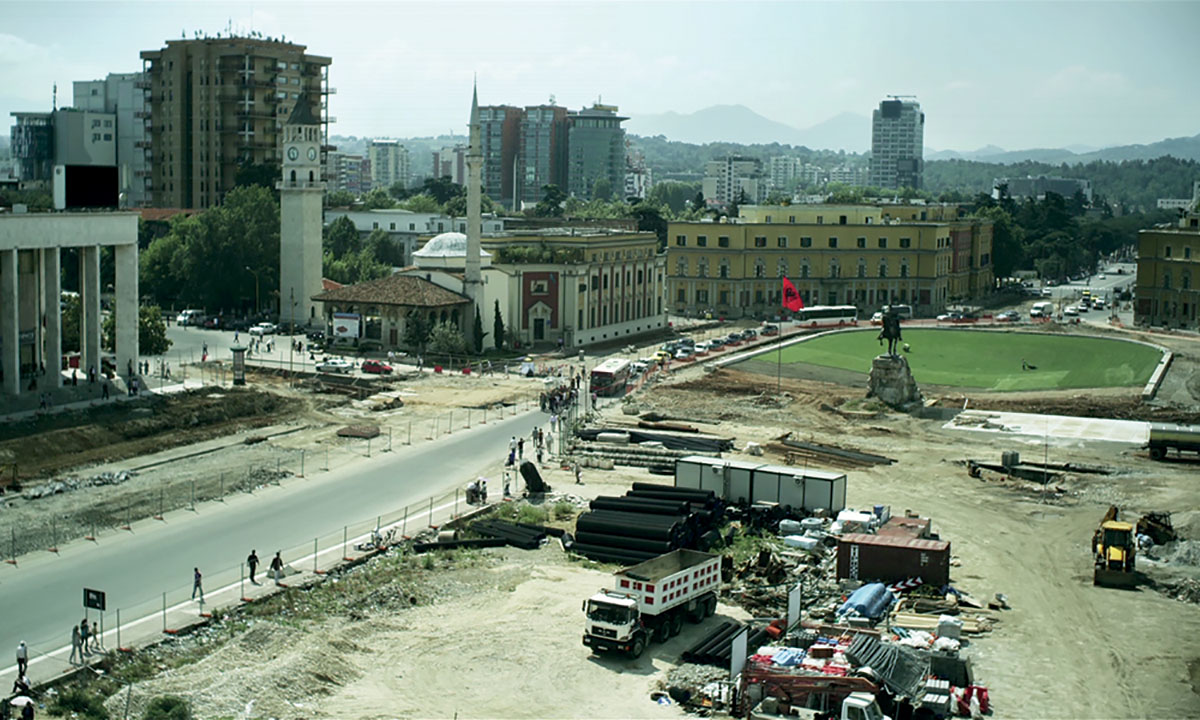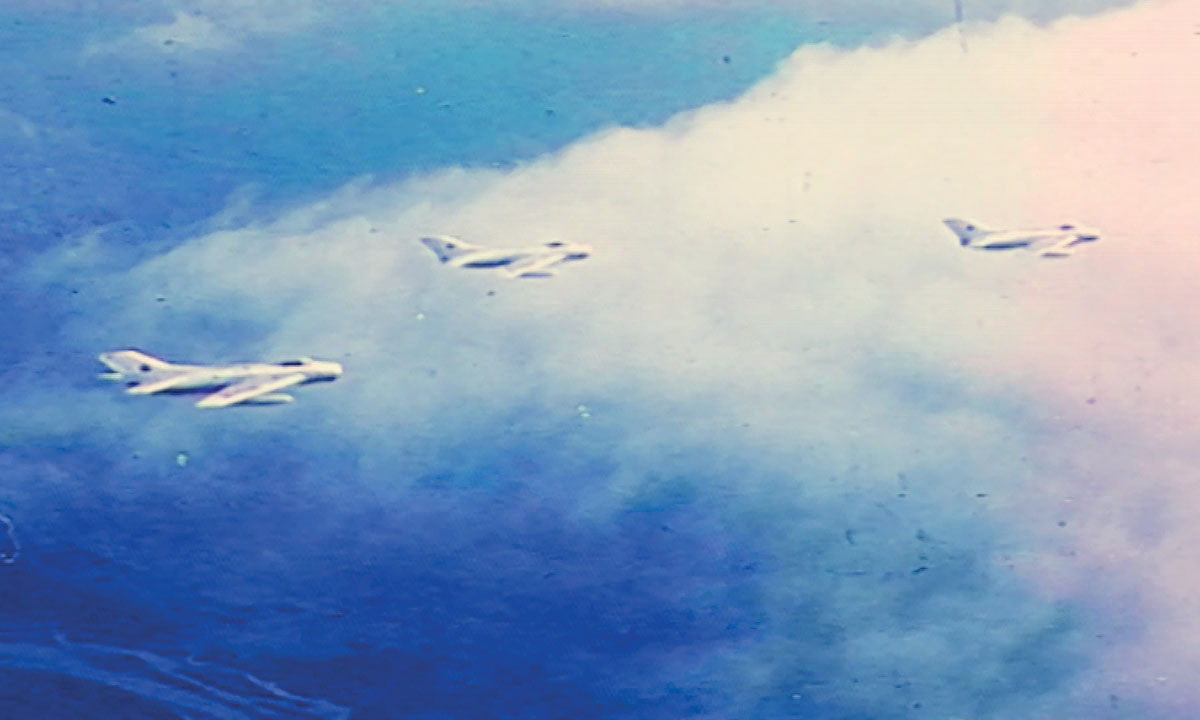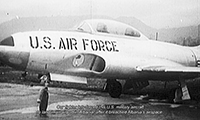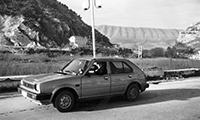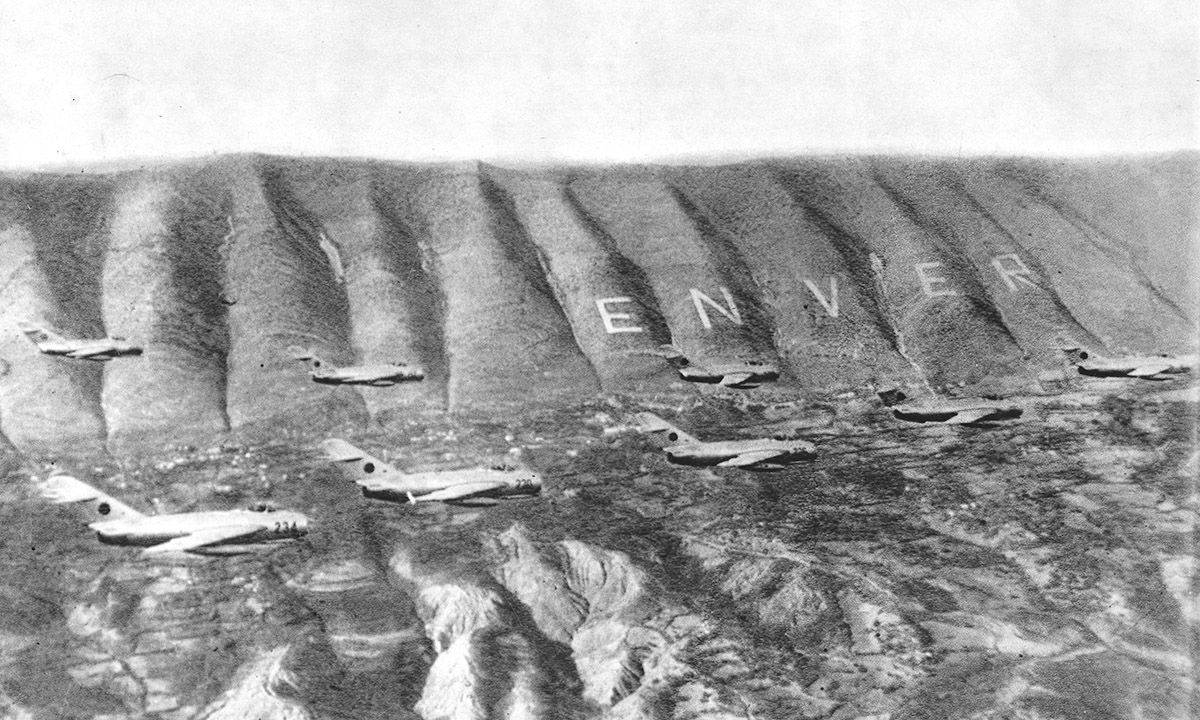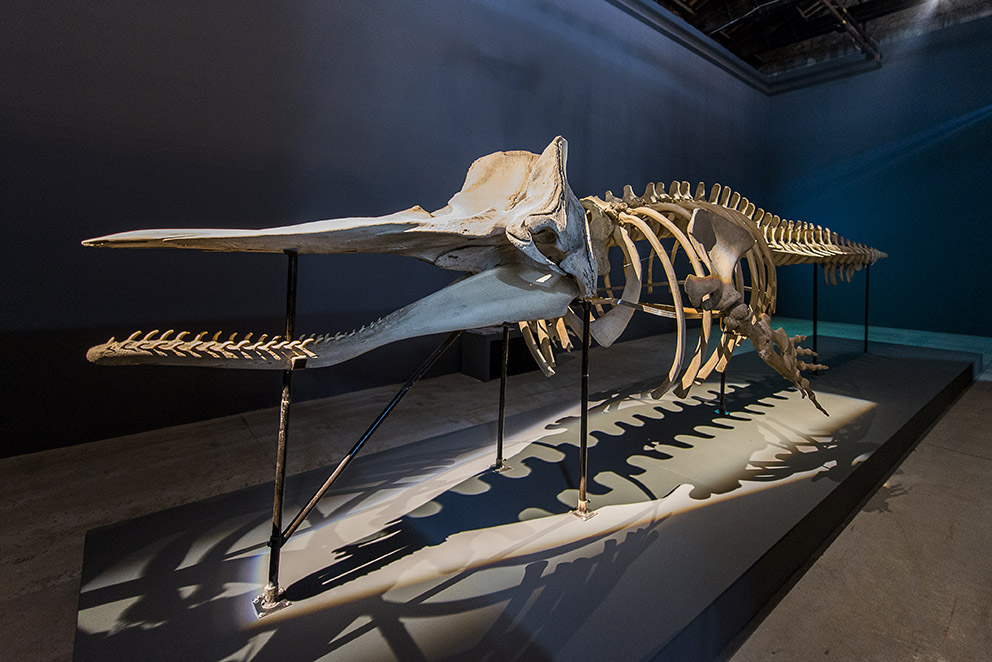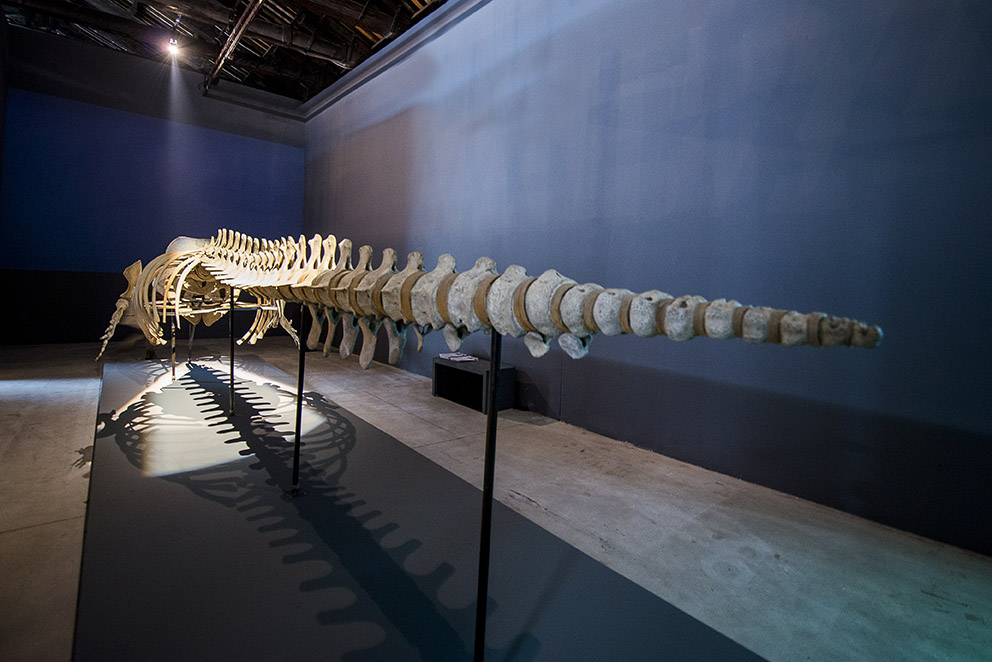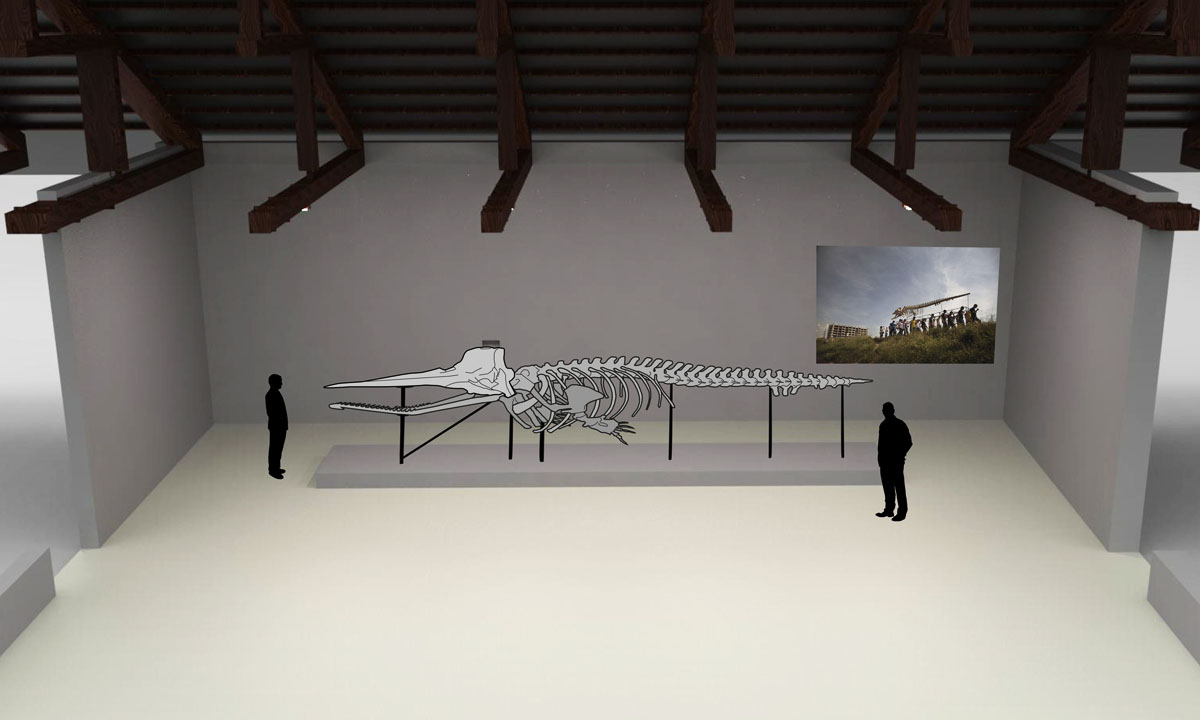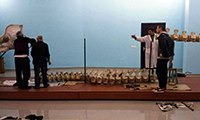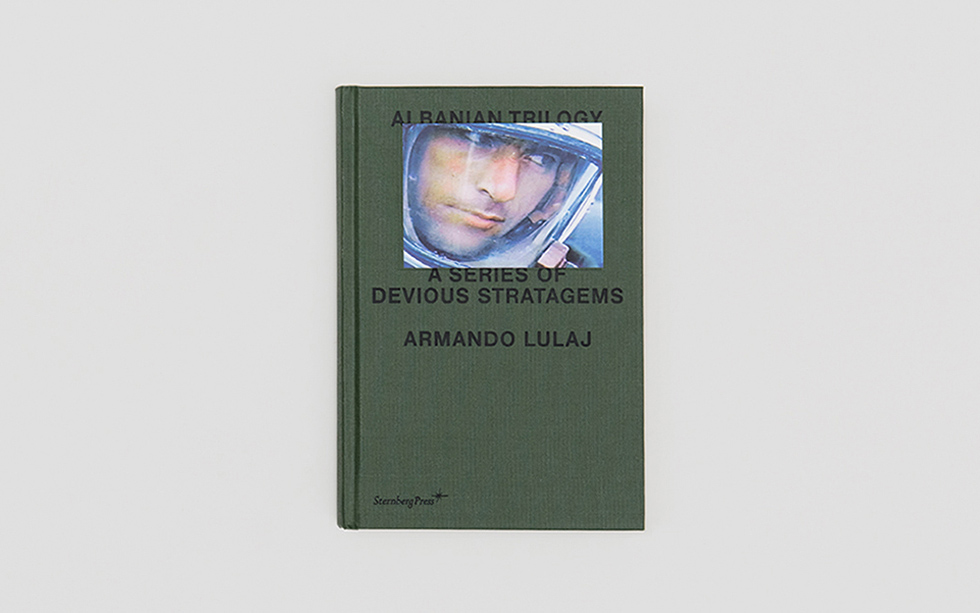About
Albanian Trilogy: A Series of Devious Stratagems, a project by Armando Lulaj curated by Marco Scotini, is a reflection on Albanian social history, a single narrative corpus articulated over three distinct moments: Albanian Trilogy is a sort of time capsule of the past, with strange memorabilia and trophies which presents, contemporaneously, fiction and documentary material. Combining evocation and documentation, the project concentrates on a historic-political phase that was extremely important for the building of an identity that was not just Albanian but international. On display are three videos and archival materials, as well as an enormous whale’s skeleton, which is both protagonist and silent witness—an incarnation of the giant-Leviathan, the Hobbesian principle of sovereignty.
For Armando Lulaj (Tirana, 1980) Albanian Trilogy represents the conclusion of many years of research into the period of the Cold War in Albania and, in particular, on the relative themes of collective memory and historic experience, brought together in a film trilogy - in which three mythical fetishes symbolize sea, air and land.
The first work in this series is It Wears as It Grows (2011), the second piece of the trilogy is the well-known project NEVER (2012), while the third video Recapitulation (2015) was created specifically for the 2015 Venice Biennial. Lulaj’s work plays, above all, on the lapses in history: as the curator, Marco Scotini, states: “it reveals a friable terrain where one expects to find potent and unmovable representations”.
In Albanian Trilogy, Lulaj’s artistic research into the specters of socialism and Scotini’s curatorial research on the politics of memory arrive at an important common result.
The Albanian Pavilion is commissioned by the Ministry of Culture of the Republic of Albania and supported by Servizi Italia Spa, Paolo Maria Deanesi Gallery and Galleria Artra. Thanks are extended to the following for their collaboration: Central State Archive of Albania and the Museum of Natural Sciences in Tirana.

